The Annapurna Circuit Trek is a renowned trekking route in Nepal that attracts adventurous travelers from around the world. Winding through diverse landscapes, from lush valleys to high-altitude passes, this iconic trek offers an unparalleled exploration of the country’s natural wonders. Along the way, trekkers will enjoy the vibrant culture of local Gurung, Thakali, and Manangi communities, gaining insights into their centuries-old traditions. With the opportunity to witness the majestic Annapurna massif and encounter rare wildlife, the Annapurna Circuit Trek promises an unforgettable adventure that will leave a lasting impression on those who embark on this remarkable journey.
Key Points
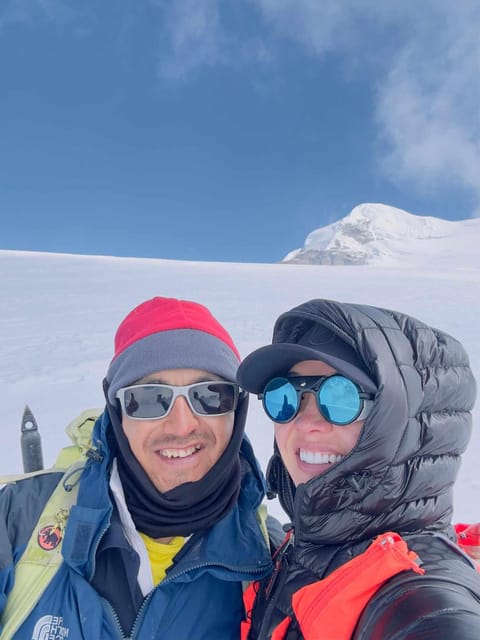
-
The Annapurna Circuit is a renowned trekking route in Nepal that showcases stunning snow-capped peaks and diverse landscapes over a 15-20 day duration.
-
The trek offers unique culture opportunities through interactions with Gurung, Thakali, and Manangi ethnic groups along the way.
-
Trekkers can enjoy panoramic views of the Annapurna massif from the highest point, the Thorung La Pass, at over 17,000 feet.
-
Accommodation and dining options along the trek are basic but comfortable, with a daily cost ranging from $20 to $50.
-
Proper preparation, including obtaining necessary permits and travel insurance, is essential for a safe and enjoyable Annapurna Circuit trek.
Overview of the Annapurna Circuit
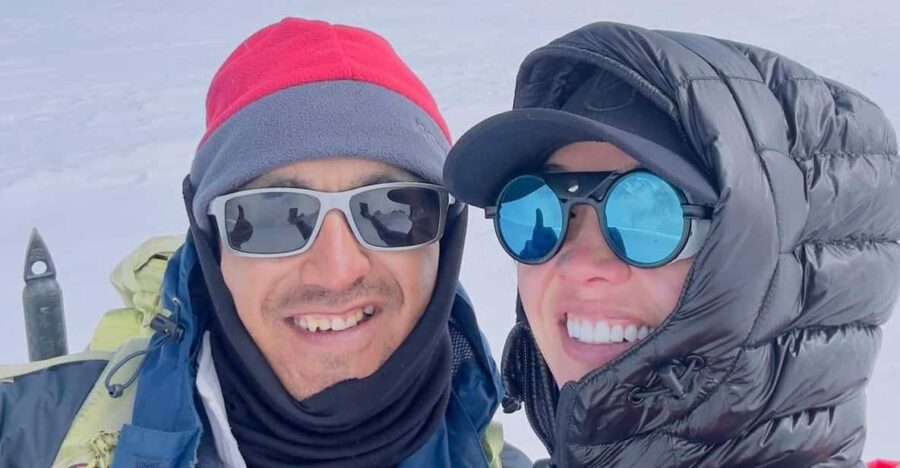
Known for its breathtaking scenery and culture, the Annapurna Circuit trek is a renowned trekking route that encircles the Annapurna massif in Nepal.
This 15 to 20-day trek offers stunning views of snow-capped peaks, diverse landscapes, and forests. The highlight is the Thorang La Pass, the highest point of the trek at over 17,000 feet.
Starting from Besisahar, the trek takes trekkers through charming villages, where they can interact with the friendly Gurung, Thakali, and Manangi ethnic groups and appreciate their hospitality and way of life.
Ready to hit more trails? More hiking adventures we feature in Pisang
Highlights of the Trekking Route
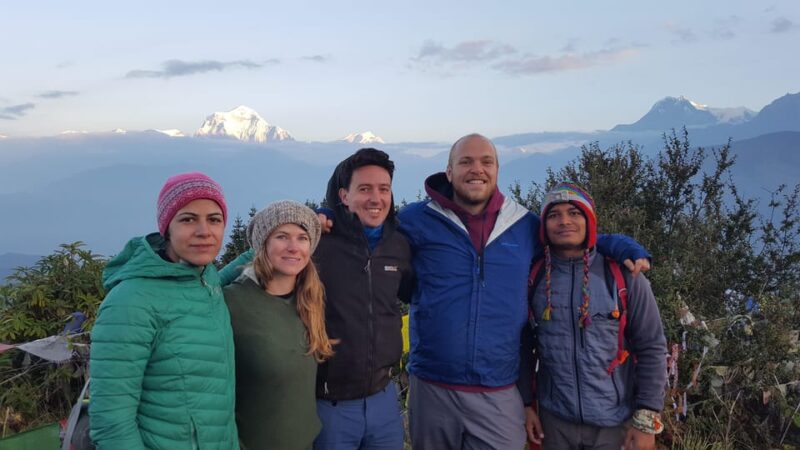
The Annapurna Circuit trek offers a diverse array of highlights that captivate trekkers.
Key highlights include:
-
The breathtaking Thorung La Pass, the highest point of the trek at over 17,000 feet, which offers panoramic views of the Annapurna massif and surrounding peaks.
-
The quaint Tibetan-influenced villages of Manang and Muktinath, where trekkers can enjoy the rich cultural heritage of the region.
-
The stunning landscapes, from lush rhododendron forests to barren, high-altitude terrain, that showcase Nepal’s natural beauty.
-
The opportunity to spot diverse wildlife, such as the elusive snow leopard, Himalayan black bear, and a variety of bird species.
Cultural and Ethnic Encounters
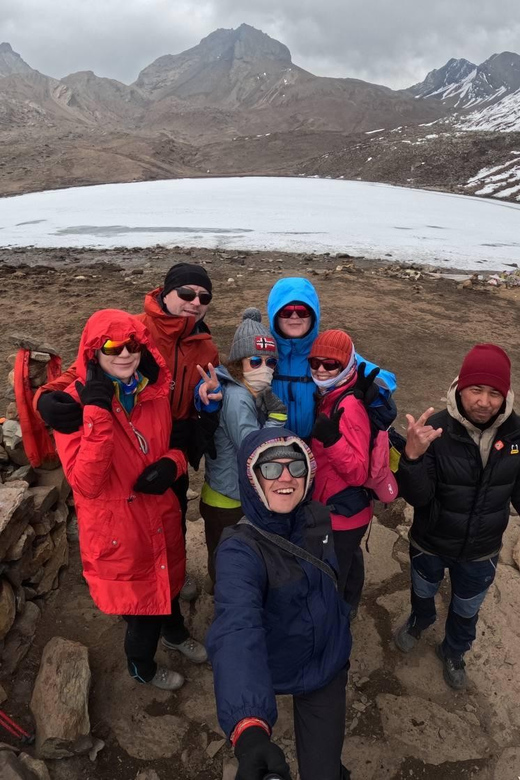
As trekkers journey along the Annapurna Circuit, they encounter a tapestry of cultures and ethnic groups that add richness to the experience.
The trek passes through villages inhabited by the Gurung, Thakali, and Manangi communities, each with its unique customs and traditions. Trekkers have the opportunity to interact with these hospitable locals, learning about their way of life and traditional practices.
The region’s diverse flora and fauna further enrich the cultural experience, with the possibility of spotting wild animals and birds.
Immersing oneself in the local culture is an integral part of the Annapurna Circuit trek, creating lasting memories and a deeper appreciation for Nepal’s vibrant heritage.
Diverse Flora and Fauna
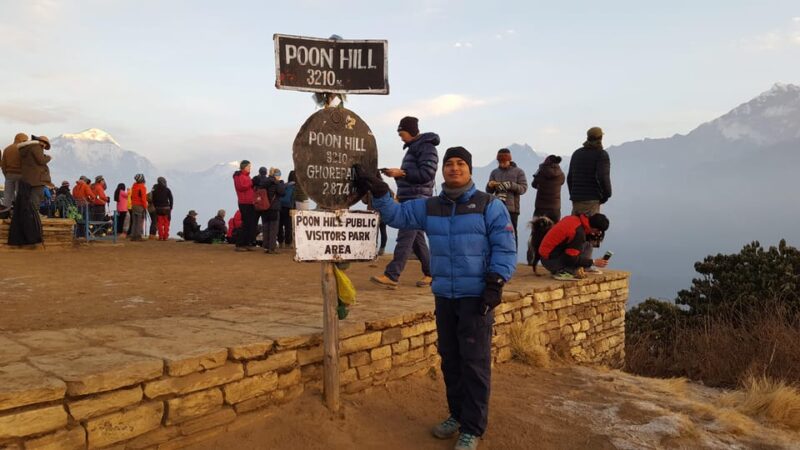
Trekking through the Annapurna Circuit unveils a stunning array of diverse flora and fauna, captivating the senses of adventurous travelers. Along the way, hikers can spot a variety of wild animals, including Himalayan blue sheep, Himalayan black bears, and the elusive snow leopard.
The lush forests are home to an abundance of bird species, such as the Lammergeier, Impeyan pheasant, and blood pheasant. Diverse flora includes rhododendron forests, alpine meadows, and high-altitude medicinal plants.
Trekkers can also witness the changing landscapes, from humid subtropical to alpine zones, each supporting its unique ecosystem. This natural diversity is a testament to the ecological richness of the Annapurna region.
More Great Tours NearbyAccommodation and Dining Options
One of the key aspects of the Annapurna Circuit trek is the accommodation and dining options available to trekkers.
Accommodation is primarily provided in tea houses or lodges, which, while basic, are comfortable. Rooms generally include beds with blankets, though a sleeping bag is advisable.
As for dining, tea houses offer traditional Nepali dishes like dal bhat, momos, and thukpa, as well as breakfast options like eggs and porridge.
The daily cost for food and accommodation ranges from $20 to $50. Trekkers can expect a simple yet satisfying dining experience throughout their journey around the Annapurna Massif.
Permit and Insurance Requirements
Trekkers must obtain the necessary permits and ensure they’ve adequate travel insurance before embarking on the Annapurna Circuit trek.
Two key permits are required: the Annapurna Conservation Area Permit and the Trekkers Information Management System card, both of which can be obtained from the Nepal Tourism Board.
Plus, travel insurance covering medical emergencies is essential, as the trek traverses high-altitude regions.
The costs of the trek can vary depending on factors such as:
- Duration of the trek
- Accommodation preferences
- Hiring of guides or porters
- Additional activities or sightseeing
Proper preparation and adherence to the permit and insurance requirements will ensure a safe and enjoyable Annapurna Circuit experience.
Included and Excluded Services
The Annapurna Circuit trek package typically includes an airport pickup and drop-off by private vehicle, necessary transport for trekking (bus and jeep), twin-sharing bed lodge accommodation, and all breakfasts during the trek.
An experienced, government-authorized English-speaking guide and porter services (2 trekkers per porter) are also included, covering their salary and insurance.
The package includes snacks, seasonal fruit, one-night hotel accommodation in Pokhara, a sleeping bag (to be returned), trekking map, trip achievement certificate, entry fees and permits, tourist coach from Pokhara to Kathmandu, and emergency helicopter arrangement (expenses covered by insurance).
However, lunch, dinner, personal trekking equipment, and tips for guides and porters are excluded.
Important Considerations for Trekkers
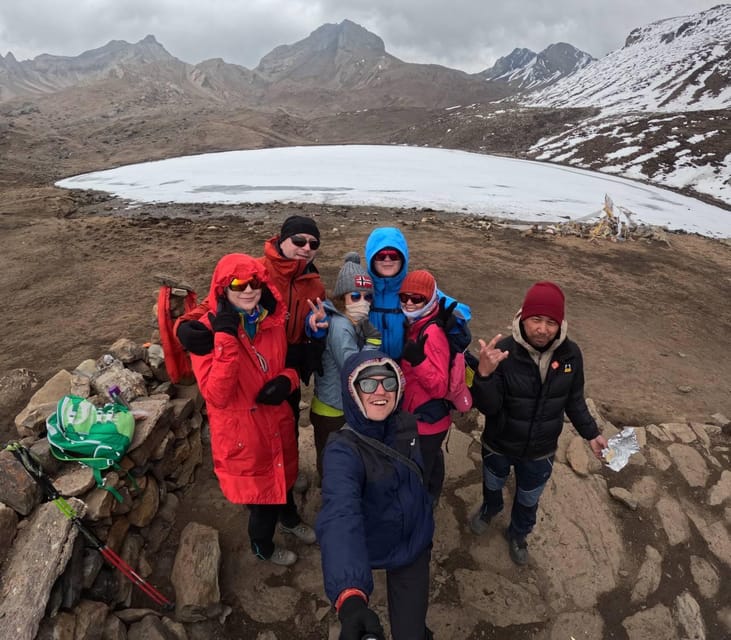
While the inclusions and exclusions of the Annapurna Circuit trek package provide a good overview, there are several important considerations trekkers should keep in mind.
The trek isn’t suitable for children under 9, people with altitude sickness, babies under 1 year, and those over 95.
Trekkers must bring essential items like change of clothes, camera, climbing gear, cash, and a first aid kit.
Prohibited items include drinks in the vehicle, alcohol, and drugs.
On top of that, booking requirements include a passport copy, two passport-sized photos, and a 30% advance payment.
Frequently Asked Questions
What Is the Best Time of Year to Trek the Annapurna Circuit?
The best time to trek the Annapurna Circuit is typically between October and November or March and May. These months offer the clearest skies, mild temperatures, and fewer crowds for an optimal trekking experience.
Can I Book the Trek Independently or Do I Need a Tour Operator?
You can book the trek independently, but it’s generally recommended to use a tour operator. They’ll handle logistics, provide guides, and ensure a safer, more organized experience, especially for first-time trekkers. Independent booking requires more planning and can be riskier.
How Difficult Is the Thorang La Pass Crossing?
The Thorong La Pass crossing is considered challenging due to the high altitude, steep incline, and potential for altitude sickness. Proper acclimatization, gearing, and having an experienced guide are essential for safely traversing this demanding high mountain pass.
Are There Any Additional Costs for Solo Trekkers?
Solo trekkers may incur additional costs for things like porter services, guide fees, and transportation. However, these costs can often be reduced by sharing resources with other trekkers.
Can I Rent Equipment Locally or Should I Bring My Own?
You can rent trekking equipment locally, but it’s generally better to bring your own gear. Rented items may not fit properly or be in optimal condition, so bringing essential equipment ensures comfort and reliability during the trek.
Recap
The Annapurna Circuit Trek offers trekkers an unparalleled experience in Nepal, combining breathtaking natural beauty, rich cultural encounters, and a challenging high-altitude crossing. Whether you’re seeking stunning mountain vistas, immersive interactions with local communities, or a true adventure, this iconic trek delivers an unforgettable journey through the heart of the Himalayan landscape. With proper preparation and guidance, the Annapurna Circuit can be an unforgettable adventure for outdoor enthusiasts of all skill levels.
You can check availability for your dates here:More Hiking & Trekking Tours in Pisang
More Tour Reviews in Pisang
Not for you? Here's more things to do in Pisang we have recnetly reviewed
- 2 Best Guided Tours In Pisang
- 12 Best Hiking And Trekking Tours In Pisang
- 15 Days TilichoLake & Annapurna Circuit Trek: From Kathmandu
- Tilicho Lake & Mesokanto Pass Trek: A 14-Day Adventure
- 15 Days Annapurna Circuit & Tilicho Lake Trek From Kathmandu
- From Pokhara : 10 Day Mystical Annapurna Circuit Trek
- A 14-Day Tilicho Lake and Mesokanto Pass Trek Adventure
- Annapurna Circuit Trek
- Tilicho Lake Trek With Thorangla Pass
- From Kathmandu Budget: 8 Day Private Annapurna Circuit Trek
- Kathmandu: 11 Days Annapurna Circuit Trek With Thorong La
- Pisang Peak Peak Climbing
